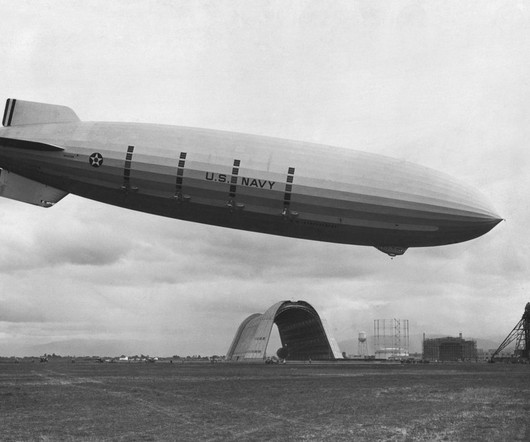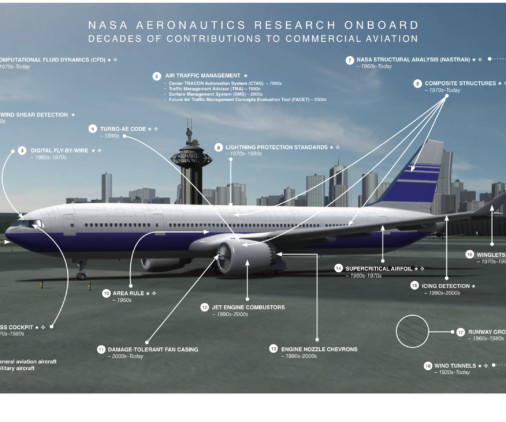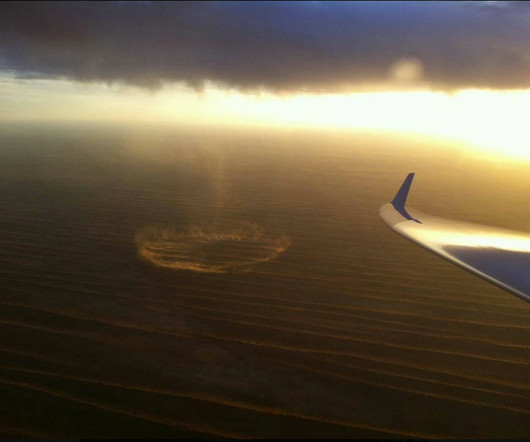Today in Aviation History: Loss of USS Macon
Vintage Aviation News
FEBRUARY 12, 2025
National Museum of the US Navy) As night fell over the Jersey shore, the USS Akron cut a path through thick fog and severe weather, unknowingly flying into a violent stormfront. In the midst of the storm, the weakened ring’s structure failed as the result of a wind shear, and the upper vertical stabilizer was torn from the airship.













Let's personalize your content